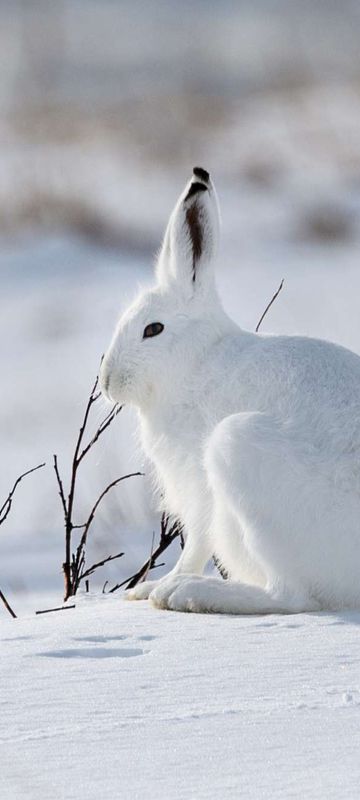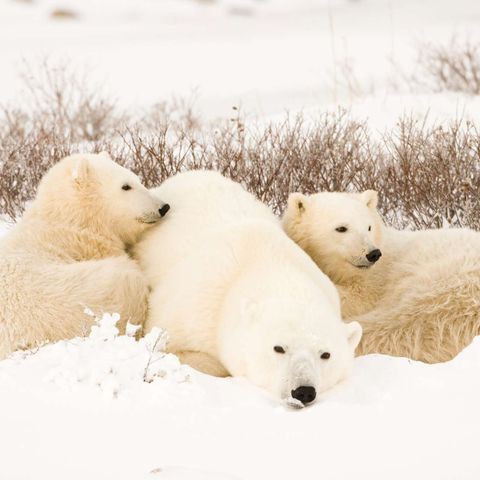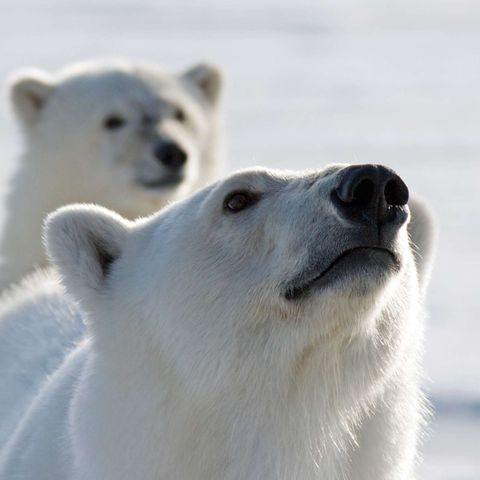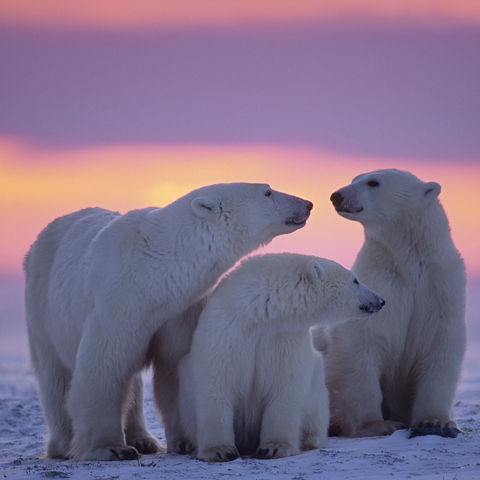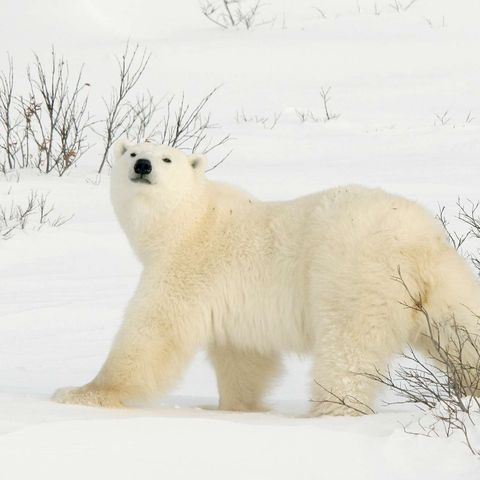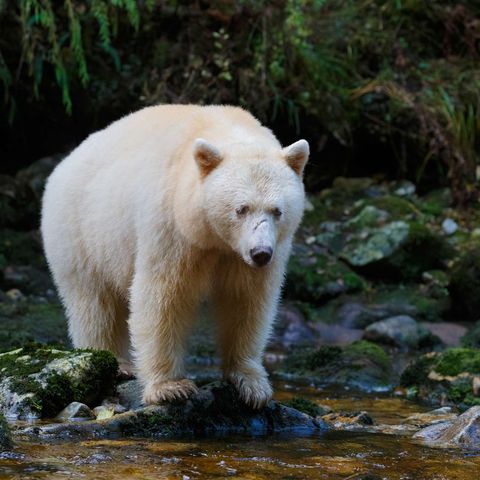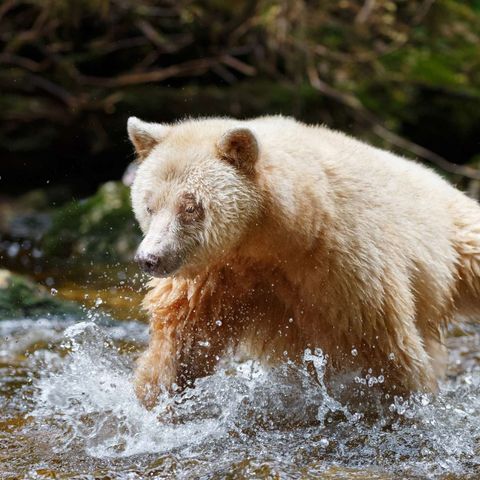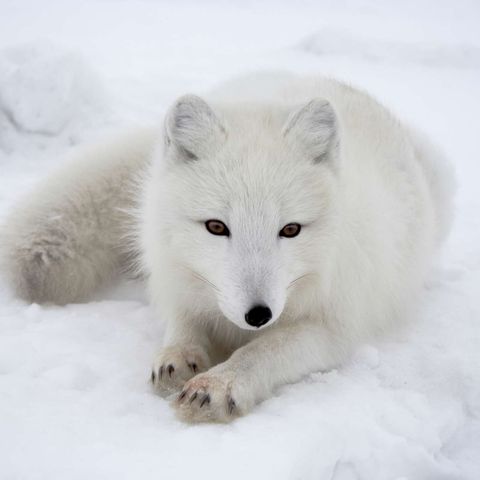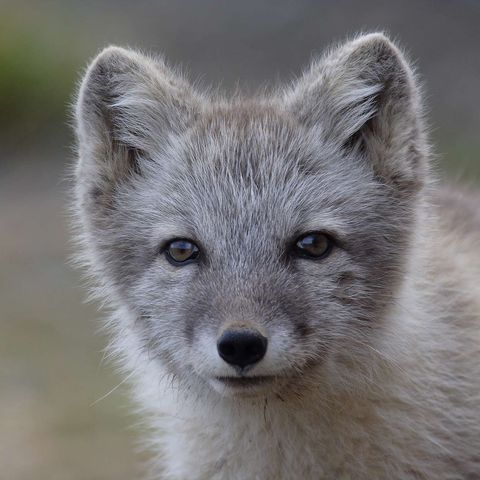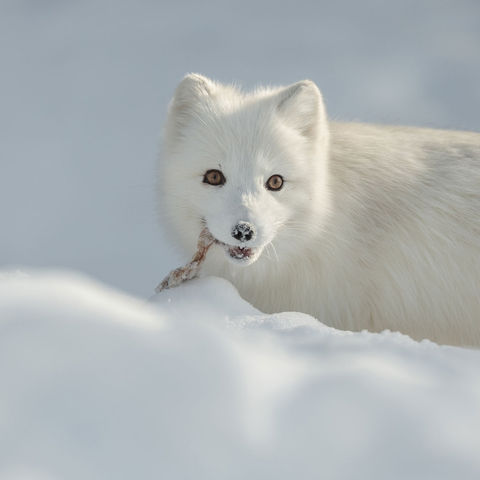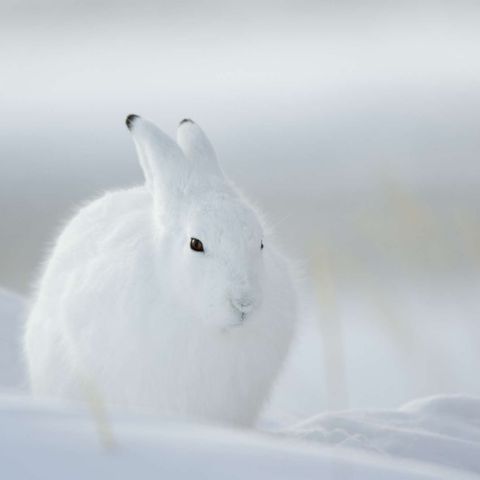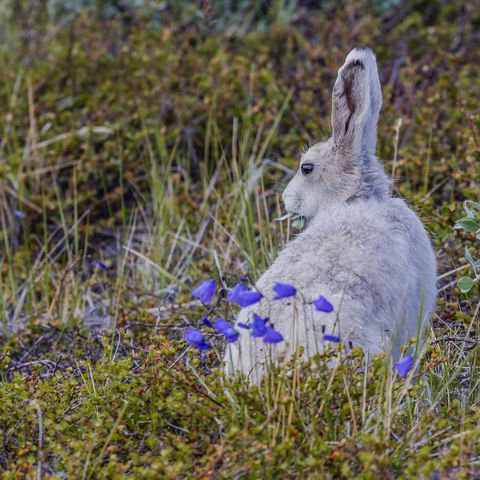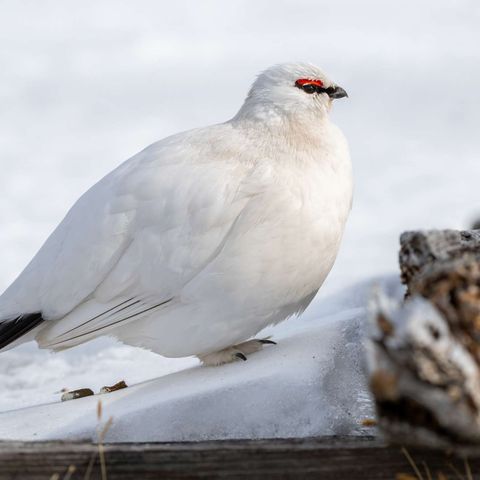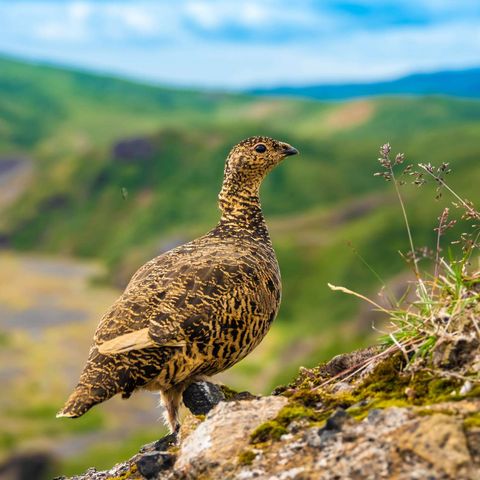There is something rather festive about white wildlife. Perhaps because many are found in cold climates, snow-covered in winter. But white wildlife is not just for Christmas and the colouring is often more complex than might first appear. From polar bears to Arctic hares, we’ve shone a spotlight on our favourite white wildlife, where you can find them and when, featuring species that are all white all the time, as well as those with seasonal plumage.
Polar Bears
The most recognisable white animal is in fact not white at all. Polar bear fur is actually translucent and hollow covering the bear’s black skin. These hollow follicles reflect light allowing them to blend in to the Arctic environment they inhabit, while the black skin helps to absorb heat. At the top of their food chain, the polar bear is integral to the health of the Arctic marine environment.
Polar bears are generally solitary creatures and during the Arctic summer roam vast areas as they hunt seals. They can be spotted on ice floes and patrolling shorelines on expedition cruises particularly around Spitsbergen. During autumn each year, the largest known congregation of polar bears occurs on the tundra outside the town of Churchill in Manitoba, Canada. For a short period, hundreds of bears gather on the edge of Hudson Bay waiting for it to freeze providing excellent opportunities for wildlife watchers.
Beluga Whales
Charismatic looking beluga whales are the world’s only white marine mammal. Their skin has adapted to life in the Arctic allowing them to camouflage amongst sea ice as protection against their main predators – polar bears and killer whales.
During summer, one of the top spots for seeing beluga whales are the waters of Canada’s Churchill River that flow into Hudson Bay. Several thousand belugas raise their young here before migrating north to the Arctic Ocean. You can also keep an eye out for the southernmost resident belugas in the St Lawrence River, at the Saguenay Fjord near Tadoussac in Quebec.
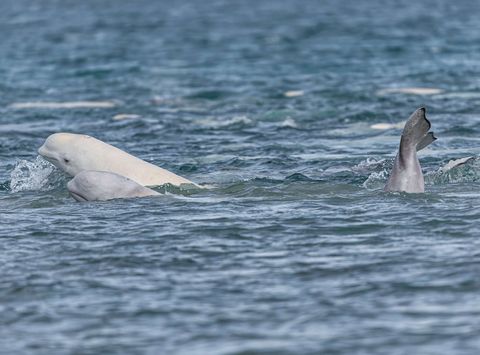
Spirit Bears
It’s back to the ursidae family for our next permanently white member – the spirit or kermode bear. Of course, a ‘white’ description might be subjective as these rare bears found almost exclusively in Canada’s Great Bear Rainforest are more cream-coloured. And then to further confuse the issue, kermode bears are in fact black bears with a mutant gene, though they are not albino as they have pigmented skin and eyes.
The best way to encounter these mystical bears is on a small-group sailing adventure through the Great Bear Rainforest offering a relaxed and intimate experience in a spectacular setting.
Arctic Fox
During spring and summer, the plumage of an Arctic fox is typically brown or grey. But in the winter, this coat thickens and turns pure white to match the surrounding snow. Native to the Arctic this striking and hardy animal thrives in frigid temperatures, preying on small animals such as voles as well as carrion.
They are difficult to spot being masters of disguise, solitary and quite skittish. You might be lucky to encounter a fox if you head to the world’s northernmost town of Longyearbyen. Or join a wildlife photography excursion in Lapland. For more assured sightings, head to Ranua Wildlife Park in Finnish Lapland.
Arctic Hare
Another hard to spot inhabitant of the Arctic tundra, the Arctic hare changes its colour at the turn of the seasons. The grey summer plumage transforms to a brilliant white as it adapts to the winter environment. These hares don’t hibernate but dig shelters in the snow, which they also have to burrow through to find food of mosses and lichen. Arctic hares can reach speeds of up to 40 mph.
If you head to Canada for a polar bear encounter you might also spot a hare or two on the tundra outside Churchill.
Rock Ptarmigan
Completing our featured set of seasonally white wildlife, the rock ptarmigan is a, would we say, chubby gamebird of the grouse family found in dry areas of tundra above the tree line. Fairly widespread across northern latitudes, they can be found in Iceland and Scandinavia as well as Alaska and northern Canada, where they are the national bird of the Nunavut territory, and in the Scottish Highlands.
Turning a mottled mix of grey and brown during the height of summer, they are pure white for the rest of the year, save a black flourish in the tail feathers and eye-patch. As with other white species, the white provides camouflage, while the summer molt makes them stand out for mating purposes.
In Iceland in winter you may find rock ptarmigan in the wild surrounds of Snaefellsjokull volcano, while in summer they may be spotted during shore landings from a small-ship cruise around Spitsbergen.
Feeling inspired?
Our Travel Specialists are enthusiastic, dedicated, and passionate about our destinations and would love to help you create the perfect trip in search of wildlife, white and otherwise. Send an enquiry or call on 01737 214 250. If you prefer a virtual face-to-face, request a video chat when you enquire.
























